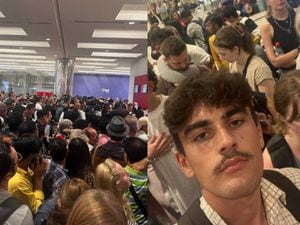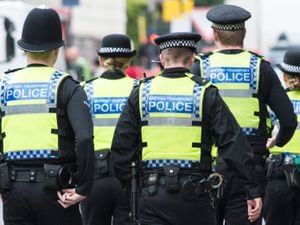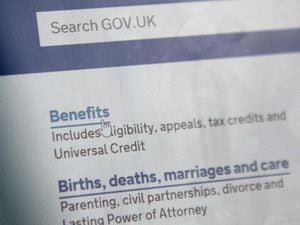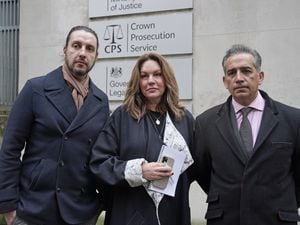Hundreds of tower blocks in England could have combustible cladding
Tests on three blocks have revealed material similar to that used on Grenfell Tower.
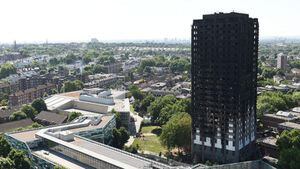
Hundreds of tower blocks in England could be covered in similar cladding to Grenfell Tower, councils have estimated.
So far tests have revealed that combustible cladding has been found on at least three tower blocks across the UK, the Government has said.
But Downing Street said English councils estimated that 600 high-rise buildings used similar cladding to the block in west London which was the scene of tragedy last week.
Flammable panelling on the outside of Grenfell Tower is suspected to have aided the rapid spread of last week’s blaze, trapping dozens inside.
The Department for Communities and Local Government is coordinating the process and facilities allow for 100 samples a day to be tested.
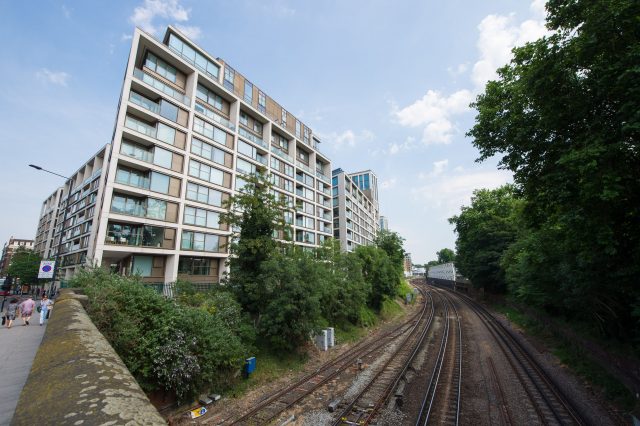
A Number 10 spokeswoman said: “So far, three samples have been found to be combustible. In terms of how many buildings and how many homes have this type of cladding, the estimate provided to us by councils is that there are approximately 600 high-rise buildings with similar cladding. We are in touch with all the local authorities to encourage them to urgently send us the samples and then we will carry out the checks that we need to see where we are with that.”
In blocks where the cladding is found to be combustible “we will do a further test to make sure the building is safe” and residents could be re-homed.
“Obviously nobody will be living in buildings that are unsafe, they will be rehoused if they need to be and landlords will be asked to provide alternative accommodation where that’s possible,” the spokeswoman said.
The Prime Minister announced that a probe into whether cladding in Grenfell Tower met fire safety regulations will be published in the next 48 hours. Theresa May faced questions over whether the material had passed fire and building safety tests when the West London tower block had been refurbished.
Calls were made for combustible materials to be banned in tower blocks during an urgent Commons statement on the deadly fire.
Mrs May said: “My understanding is the fire service and the Building Research Establishment (BRE) – and BRE were there on the scene very early to look at this issue – they have been identifying the cause of the fire and any contributory factors to the fire. They are testing the cladding on the building and they expect to make the results of this public, I think in the next 48 hours.”
Warnings that the insulation used in the Grenfell Tower refurbishment was flammable had been published on the website of its manufacturer. Celotex confirmed that it supplied its RS5000 insulation for the £8.6 million renovation of the block. According to details published online, the material “will burn if exposed to a fire of sufficient heat and intensity”.
It has also been speculated that if a rain-proof layer had been added to the building a small cavity could have been created, which acted as a wind tunnel and accelerated the spread of the flames.
RS5000, according to Celotex’s website, has a Class 0 rating under UK building regulations, meaning it has the highest rating for preventing the spread of flames and prevents the spread of heat.


